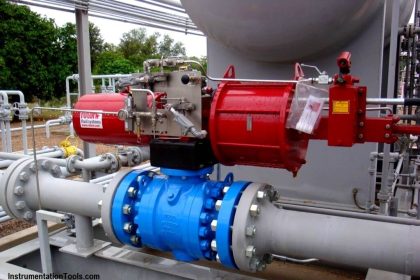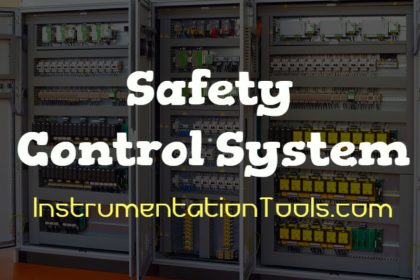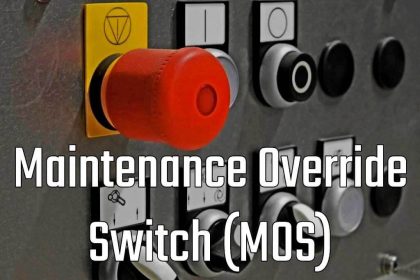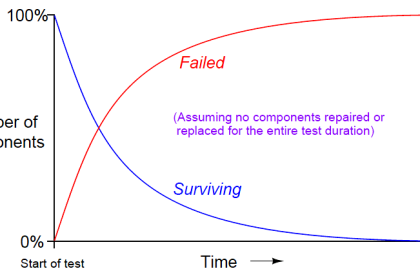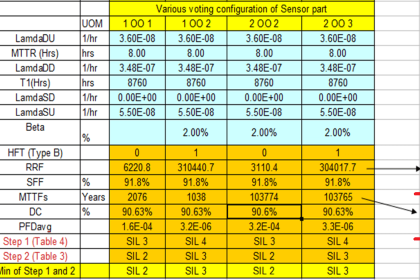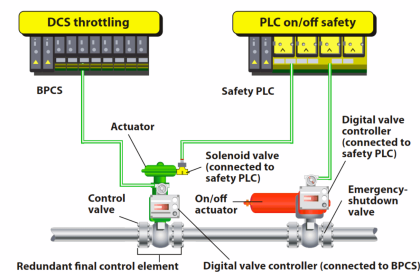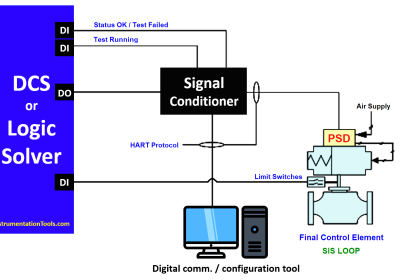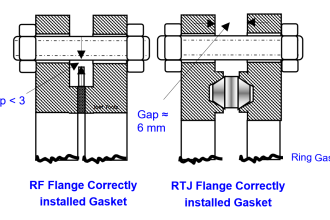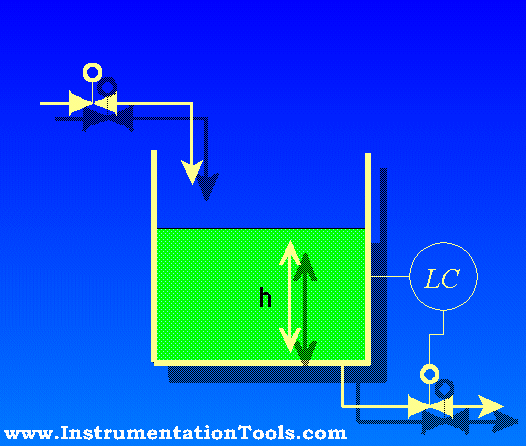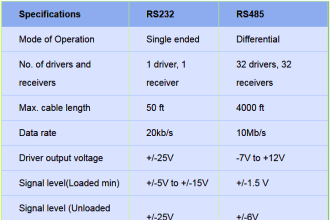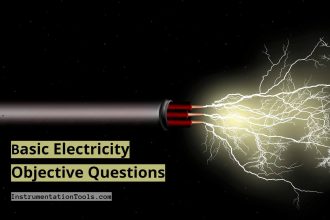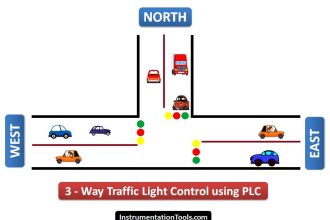HIPS (High Integrity Protection System), is also sometimes referred to as High Integrity Pressure-Protection System (HIPPS).
HIPPS is a collection of independent protection layers to mitigate an overpressure scenario. It is a combination of mechanical protection like Relief devices together with an automated system like Shutoff valves with associated instruments.
When do we need HIPPS?
HIPPS are considered if relief device vents are not acceptable due to safety or environmental concerns.
If the maintainability of the vent is excessively expensive
If the conventional systems are not adequate
If the relief system may create a greater hazard.
HIPPS (High Integrity Pressure-Protection System) is a protection method to control risk in case of excessive pressure by considering Safety Instrumented Systems (SIS) and other Independent Protection Layers.
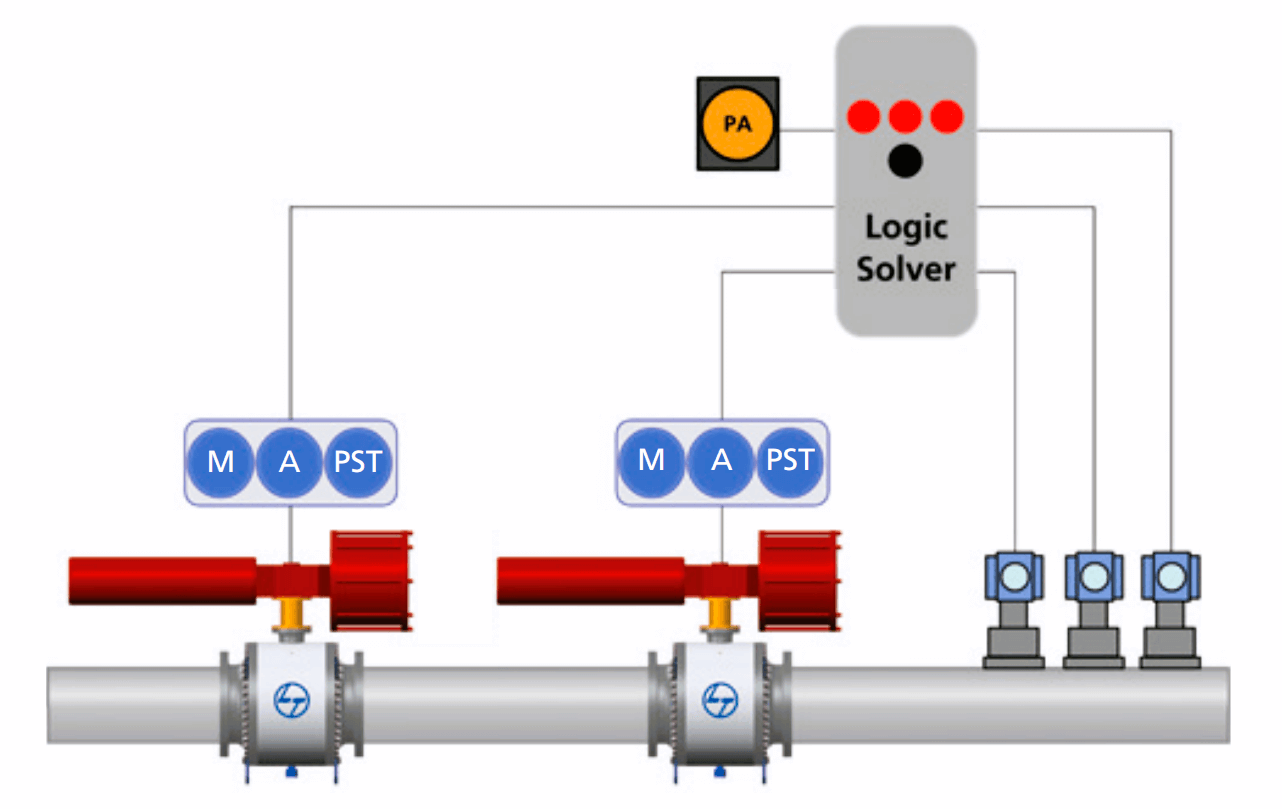
High Integrity Pressure-Protection System Overview
- HIPPS is used to mitigate a specific relief scenario. HIPPS is not intended to completely eliminate a relief valve.
- Minimum SIL-1 requirement for HIPPS: LOPA determines actual SIL.
- When the size of the relief device installation is huge or the area is not comfortable to do the installation HIPPS comes into the picture.
Basic Principle
Install a mechanical, self-actuated, relief device for an overpressure scenario shall be the preferred choice as these devices respond to overpressure, regardless of the cause. As an additional protection use instrumented protection layers (there are limitations of common cause failures).
Conventional relief devices have been proven available to perform a specified protective function on demand for over a hundred years. These self-actuating mechanical systems are usually independent of other Independent Protection Layers.
The technology (other than sizing) is simple as compared to most instrumented systems and usually easy (though not always inexpensive) to maintain.
HIPPS Workflow
Steps:
- Determine if HIPPS is a better alternative.
- Must meet defined criteria for applying HIPPS.
- Relief designer usually discovers the need for HIPPS.
- Perform LOPA for Overpressure Scenario
- Credit all independent layers of protection (IPL’s).
- Determine required SIL for SIS (Minimum SIL-1).
- Design & installation per SIS/LOPA Work Process.
- All SIS/LOPA work process requirements apply.
- Track & audit HIPPS within SIS/LOPA.
- All SIS’s, including HIPPS, share the same integrity management processes.
- Final Review and Approval
- End user review and approval.
- Documentation archived – to be documented in Mechanical equipment integrity files.
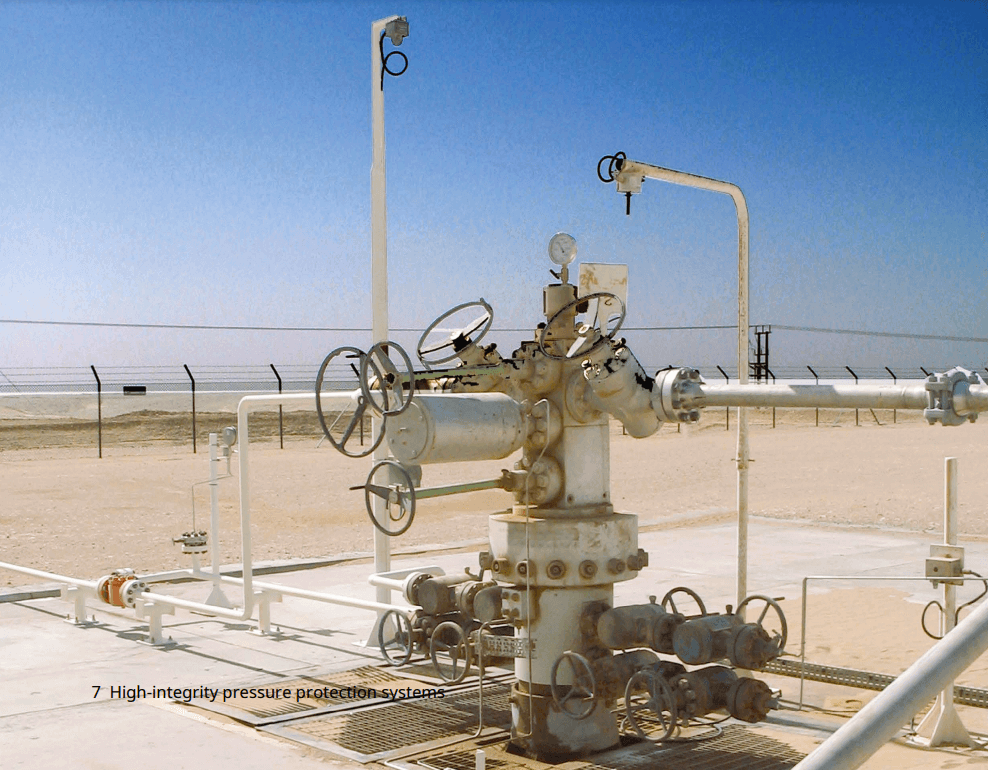
HIPPS Documentation
HIPPS shall be noted on the P&ID and Safety Instrumented System Loop Documentation Form. A registration form shall be completed for each HIPPS.
HIPPS Registration
HIPPS systems are registered in the pressure relief registry.
- Identify the LOPA scenario number & describe the scenario.
- Identify SIF numbers & describe their function.
- Describe the relief scenario mitigated by the HIPPS.
- Document the reason for using HIPPS.
- Reference associated conventional relief device, when applicable.
- Authorized approvals viz. Design lead, Production leader, etc.

